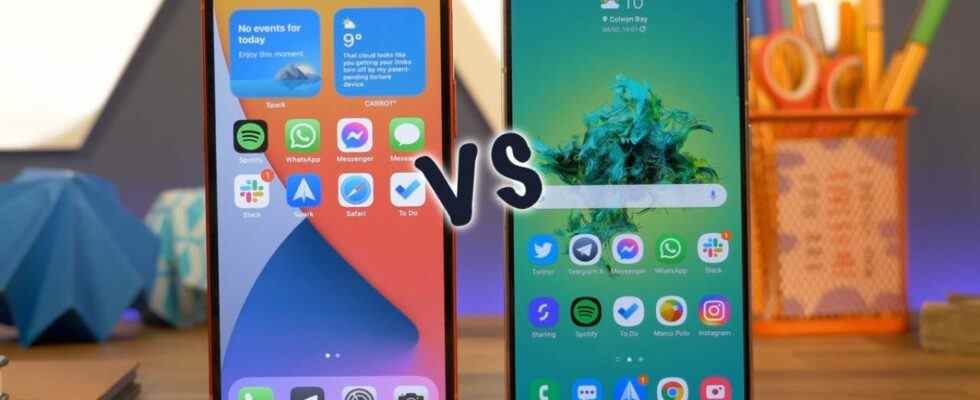Although there were players such as Windows Phone and BlackBerry OS in the smartphone market, it is now literally divided into two as Android and iOS fronts. Both sides have some advantages and disadvantages over each other. Android users, on the other hand, are probably lagging behind iOS when it comes to updating, which is probably the most annoying thing. So why is this the case?
How does iOS outperform Android in updating?
Apple, the creator of the iOS operating system, uses this software only on the iPhone models it releases today. iPad models that once used iOS, on the other hand, now run a new software called iPadOS.
In addition, Apple was releasing only 1 device each year until the iPhone 5S. It went out to 2 devices with the iPhone 6, and then indirectly to 3 devices with the iPhone 8 and X. Afterwards, it started to introduce 4 devices with the mini models that joined us in the iPhone 12 series.

Finally, the company, which has decided to launch the iPhone SE series every year, has launched 5 new models in total with the iPhone 13 models, although it has introduced it at different times this year. However, Apple offered the iOS 15 update even to the iPhone 6S model, which it launched 7 years ago in 2015. In other words, it continues to keep 24 different smartphone models updated in total.
On the other hand, when we look at the Android side, we see that the flagship segment devices receive 2 or 3 years, while the entry and middle segment models receive only 1 new Android update. Of course, this year, some brands said that they will share 4 years of software and 5 years of security updates for all their new devices. However, when we look at the devices that have been released so far, we see that there is a gap between them.
There is a general perception that this situation has 3 different reasons. The first of these is because the software is not directly owned by smartphone manufacturers, but by Google. Although there are some agreements made, the slightest delay from Google can directly affect brands. In addition, it takes a lot of time to configure different interfaces such as One UI and MIUI after each new update.

On the other hand, the second reason is the outsourcing of hardware parts. For example, because Apple produces its own processor and software, it can determine how long it wants to keep this device active. But brands that buy processors from chip manufacturers such as Qualcomm or MediaTek can only give as much as they support. We see that this situation is especially evident in entry and middle segment devices.
The third reason is the large number of devices. Android smartphone manufacturers release dozens of new devices to the market every year. For example, when we look at Samsung, although it has reduced this number in recent years, it has series with at least 3 or 4 models in each such as S, Note, Z, A, J and F series. In other words, it offers as many devices for sale every year as Apple has released in the last 7 years.
A similar situation applies to Xiaomi. In addition to the Mi series, the company launches dozens of new models every year under the series such as Redmi, Redmi Note, Redmi K, POCO M, POCO F, POCO C and Black Shark. Moreover, it gives some of them the version of Android 12, and some of them the MIUI version developed on Android 11.
Moreover, unlike other brands, Xiaomi can sell the device that it sells under the POCO brand in one country under the name Redmi or Mi in other countries. For example, the Redmi Note 11 Pro Plus 5G model, which was announced to be coming to Turkey recently, is actually the device sold as Xiaomi Mi 11i in India. The Pro Plus model offered for sale in India is actually the device that came to our country with the name Note 11 Pro.
Therefore, at this point, we can say that the main source of the problem is smartphone manufacturers rather than Google and processor manufacturers. As long as Samsung and Xiaomi brands continue to produce more than 20 devices in 6-7 different series every year, it seems very difficult for them to catch up with Apple in software.
What do you think about this subject? Don’t forget to share your feedback with us on the SDN Forum or in the comments!

